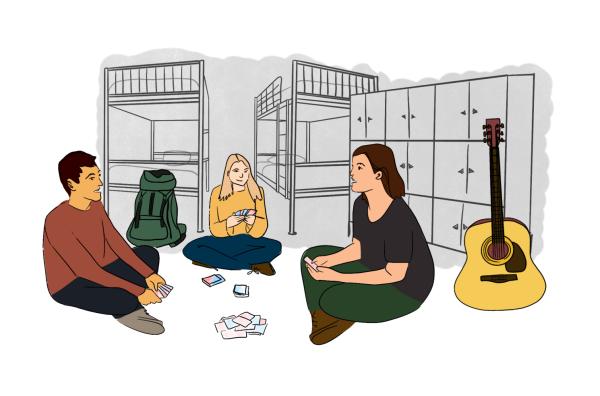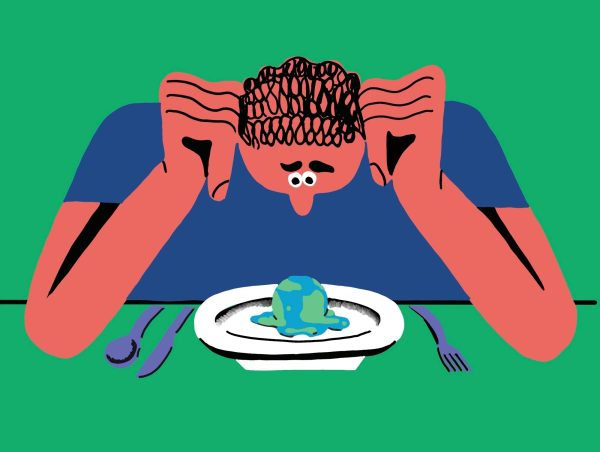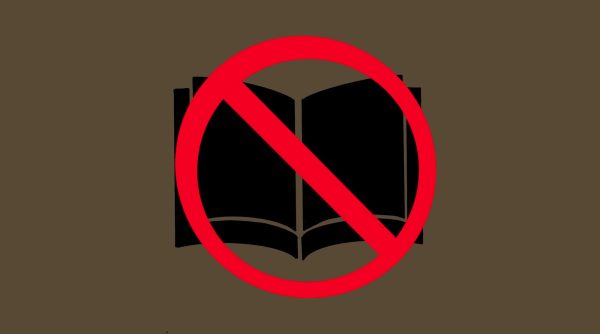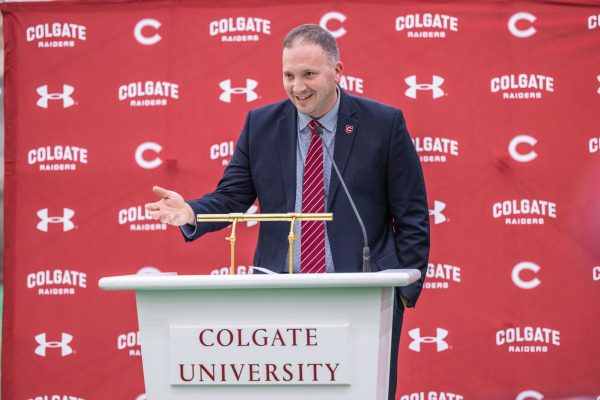What’s Left: The Two-Party System is Obsolete
As the 2020 Election Cycle gets into full swing, we are relentlessly bombarded by the rhetoric of party politics. Each side of the aisle attacks the other side while trying to out-conservative or out-progressive their fellow candidates. The same thing happens during every election cycle, and with the memory of the 2016 election still fresh in the minds of many, Americans are becoming increasingly fed up with the traditional two-party season.
In 2019, the largest proportion of voters does not identify with either party, opting instead to register as independents. This is not a sign of political apathy; rather, it is a sign that we have outgrown our two-party system. The reason for this is simple: the two-party system is fundamentally flawed. The party primary system is a perfect example of this. In order to win the party’s nomination, candidates of each respective party have to prove to other party members (remember, this is an ever-smaller section of the electorate) that they are either the most conservative or most liberal candidate. This means that the candidate that ends up being nominated often ends up being far to the right or far to the left. This then alienates the moderates and independents who make up most of the electorate. They are inevitably faced with two candidates that they don’t like, and they either decide to choose what they consider to be the lesser of two evils or they simply don’t vote at all. I myself was in this situation in 2016. I really didn’t like either candidate, and ended up begrudgingly voting for the candidate who I believed to be the lesser of two evils.
Some might say that voters who don’t align with either major party do, in fact, have an option. They can vote for third party candidates. This was evident in 2016 with the Green Party’s Jill Stein and the Libertarian Party’s Gary Johnson. Both were on the radar of independent voters in 2016, but most knew that neither candidate stood any real chance at winning the general election. There was just no way that Jill Stein or Gary Johnson was going to be able to win a majority of the popular vote or of the electoral college.
So if each of the two major parties are becoming increasingly further to the right and left and thus alienating moderates, and if third parties don’t stand a real chance of any level of electoral success (whether that be in state legislatures, in Congress or in the presidency), then what is the answer? Perhaps switching to a system based on a plurality rather than a majority to win elections would help. While this may not help a third party win the presidency any time soon, it could help them to gain a foothold in state legislatures across the country and maybe even in Congress. This would allow them to build their respective parties and gain legitimacy. Additionally, independent voters would then be able to choose a party that more closely represents their beliefs. This system would be much more effective in representing the increasingly diverse country that America is than our dated and archaic two-party structure.
Jace DeMar is a senior from Sacramento, California concentrating in philosophy with a minor in political science. He has previously served as a commentary...










